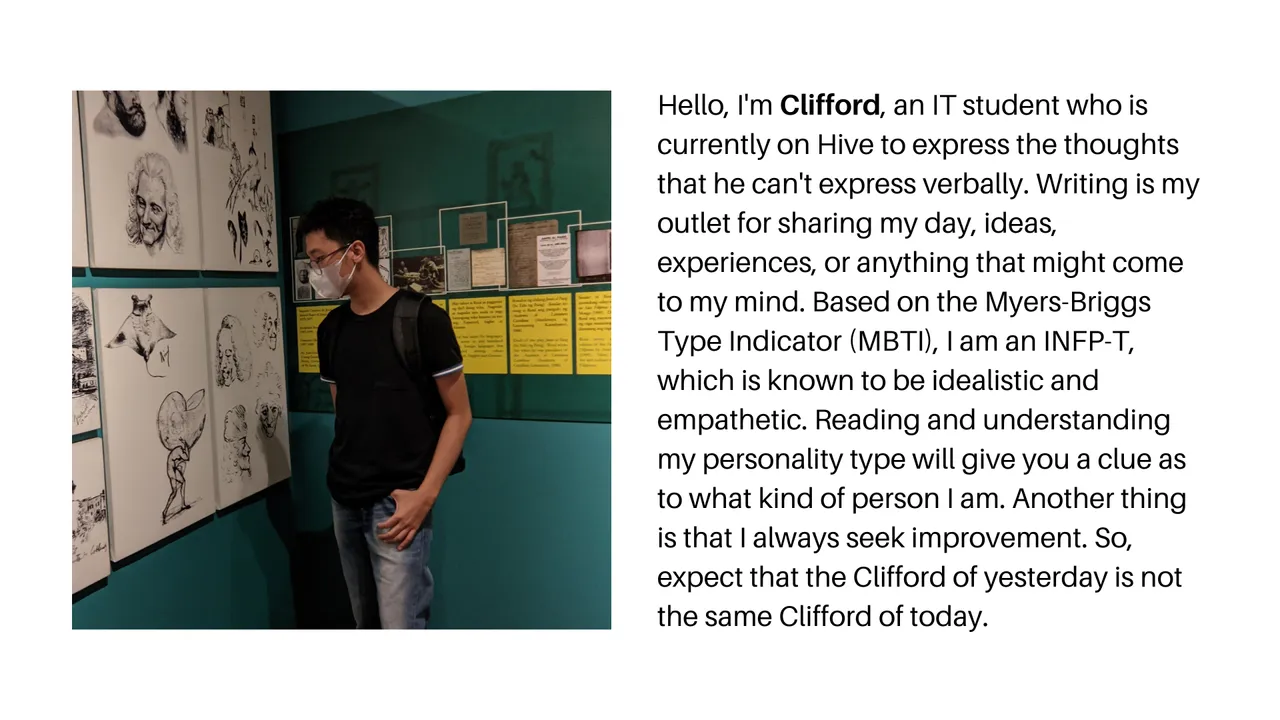
“The place is amazing but its past is horrible.” the exact line that I uttered to my father.
Right before we decided to roam to the nearby museum, our first plan is to stroll around Intramuros. Intramuros is a historic place in Manila, Philippines where famous landmarks are located and built during the colonialism of Spain. San Agustin Church, Manila Cathedral, and Casa Manila are some of the places you expected to stumble upon when you visited the place. But since Intramuros is vast and we have other agendas at that time, we just decided to choose Fort Santiago.
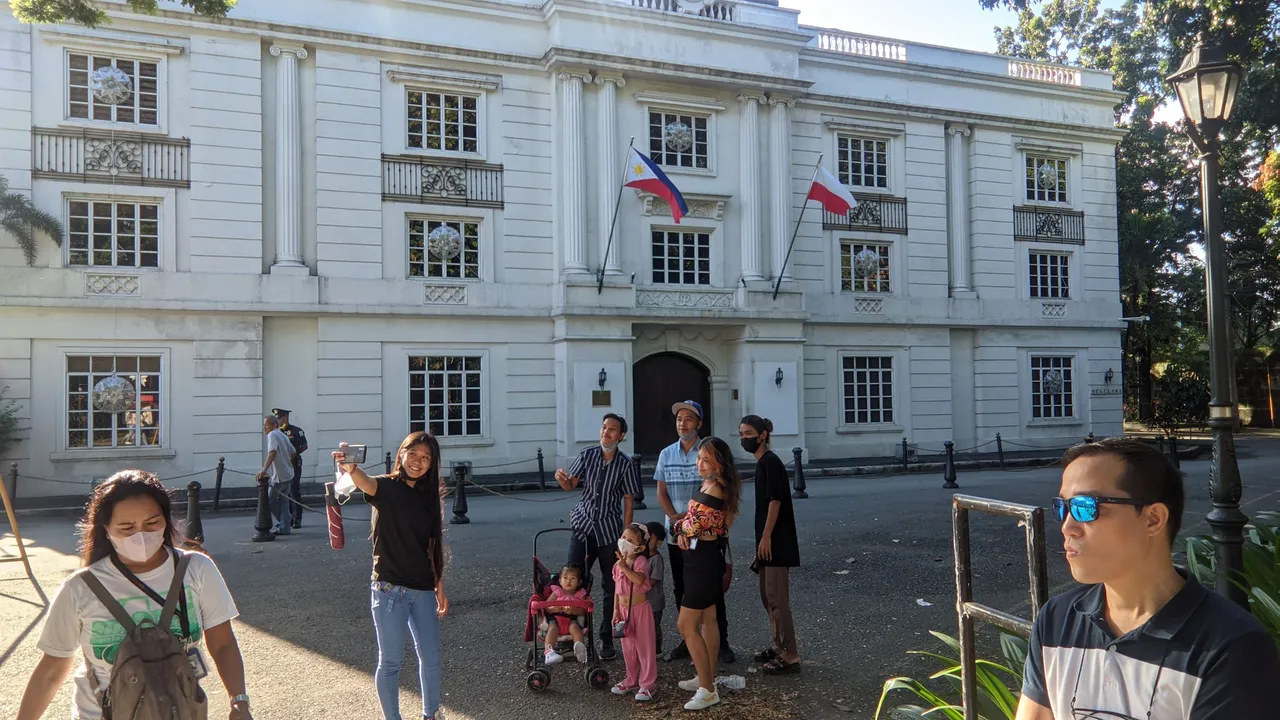
Fort Santiago is fascinating for its architecture and the same time dreadful for its past. Its a citadel built by the Spaniards, a defense fortress where also prisoners are detained, tortured, and killed by the Japanese during World War 2. This is also where Dr. Jose Rizal, the Philippine national hero, was detained before he was executed at Bagumbayan, also known as Rizal Park at the present time.
Before entering the premise, you need to pay a fee. The fee isn’t expensive and pretty understandable. I think they need to collect a small amount from the visitors to keep the maintenance of the place. They offer discounts to students, senior citizens, and people with disabilities so the cheap entrance fee will be cheaper.
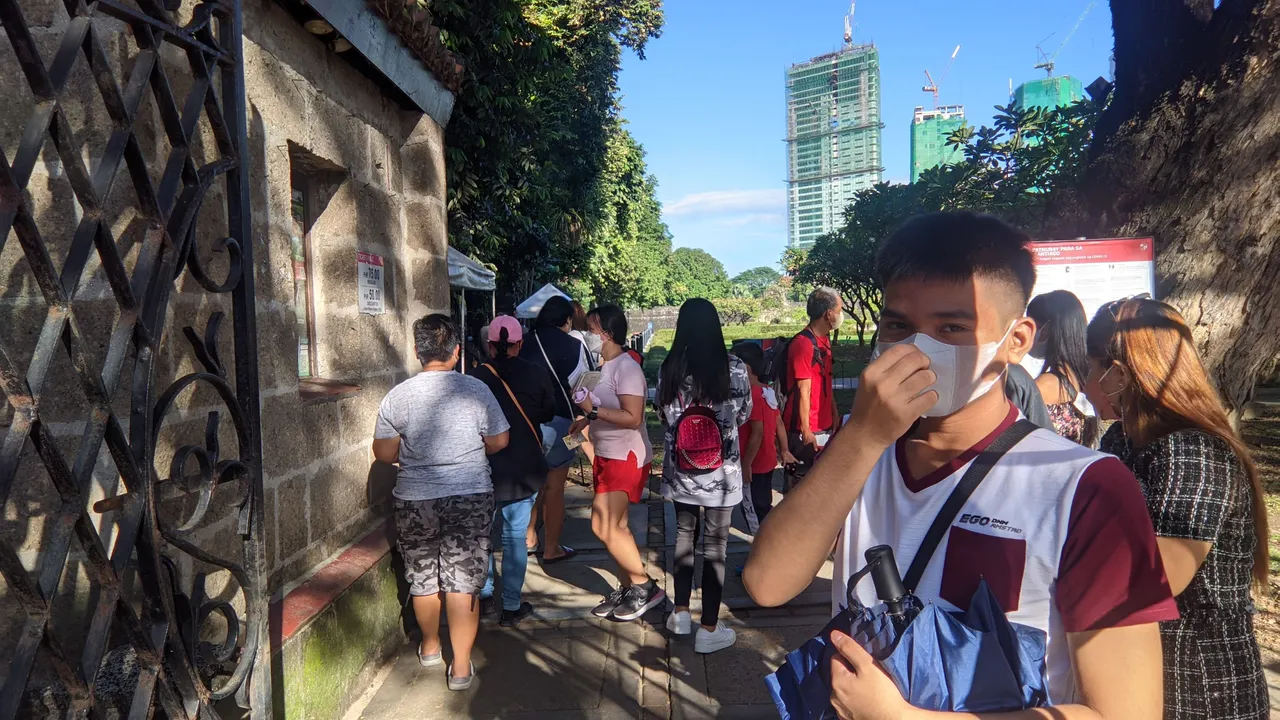
Entering the place, you can observe the good ambiance immediately. The grass is green, the trees are swaying thru the wind, and the people occasionally take pictures and just enjoy the calm scene. But I can’t deny that despite the positive feel of the place, there’s still a sense of melodramatic and nostalgic energy. Maybe because I already knew the past of this place (?). I don’t know.
As we walk towards the main entrance of Fort Santiago, I can’t avoid being amazed at the beauty of its Italian-Spanish architectural style. It was built around 1571 but the details of its sculptures are still vividly printed, and amazingly it was still preserved even after the catastrophic effect of world war 2.
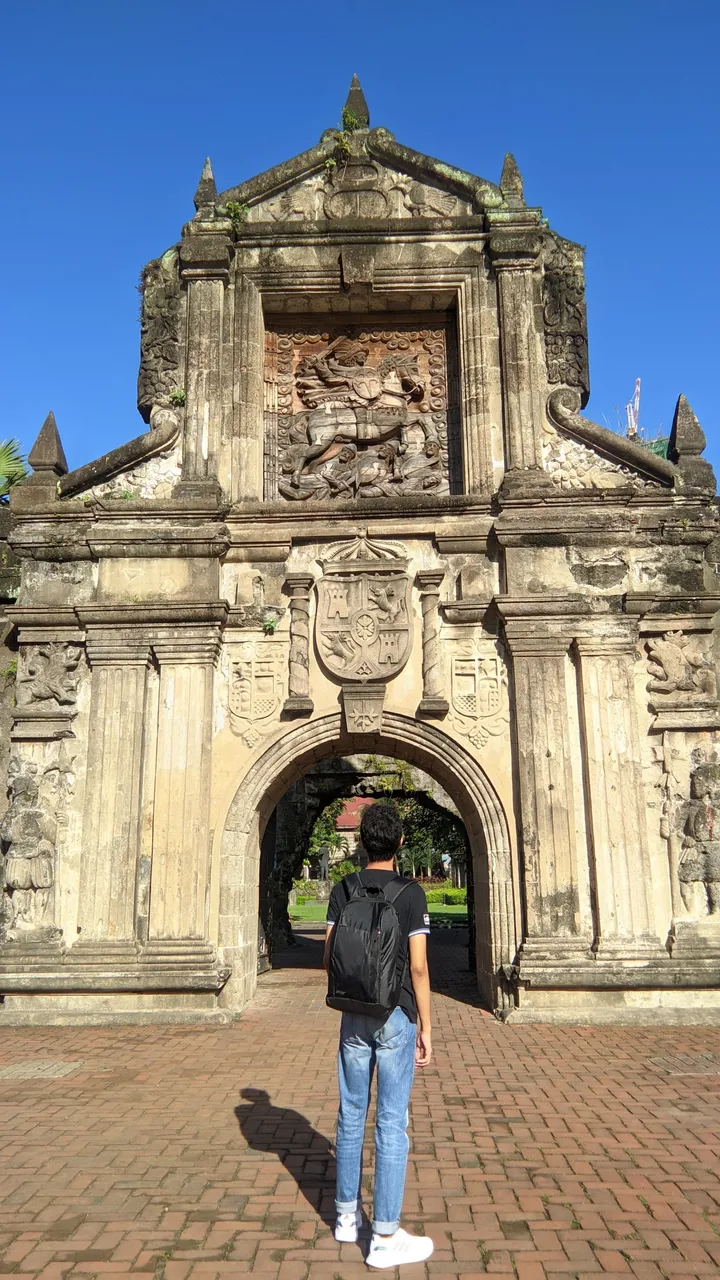
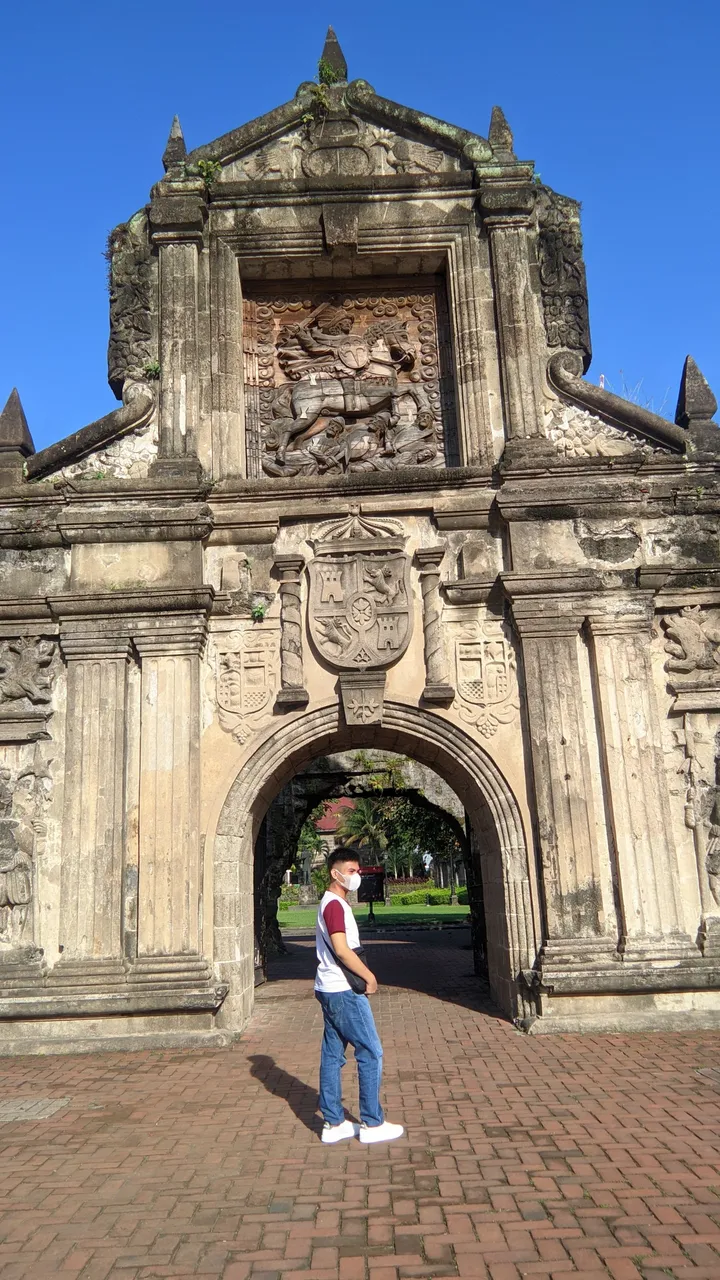
One of the things you can see inside Fort Santiago is the Shrine of Jose Rizal. We took this opportunity to check it out and luckily it was open for visitors. Inside the shrine is the story of how Rizal ended up in that situation; why the Spain government captured him, how his last days went, etc.
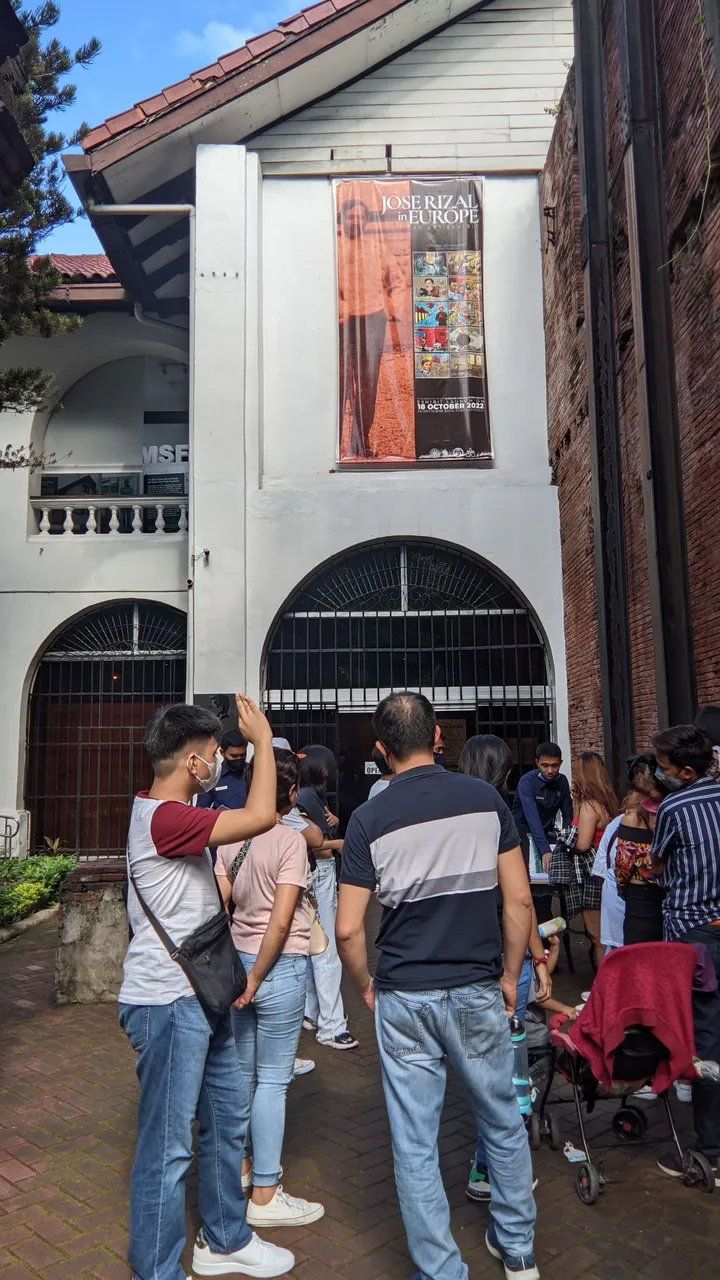
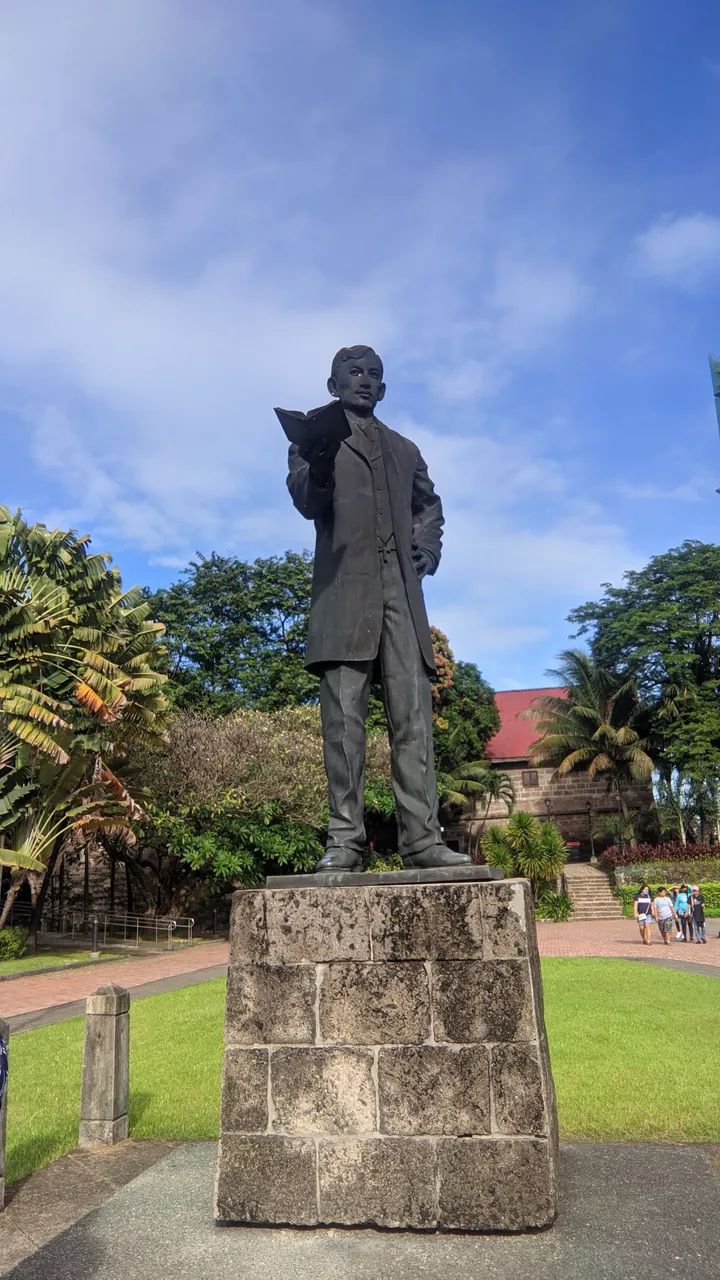
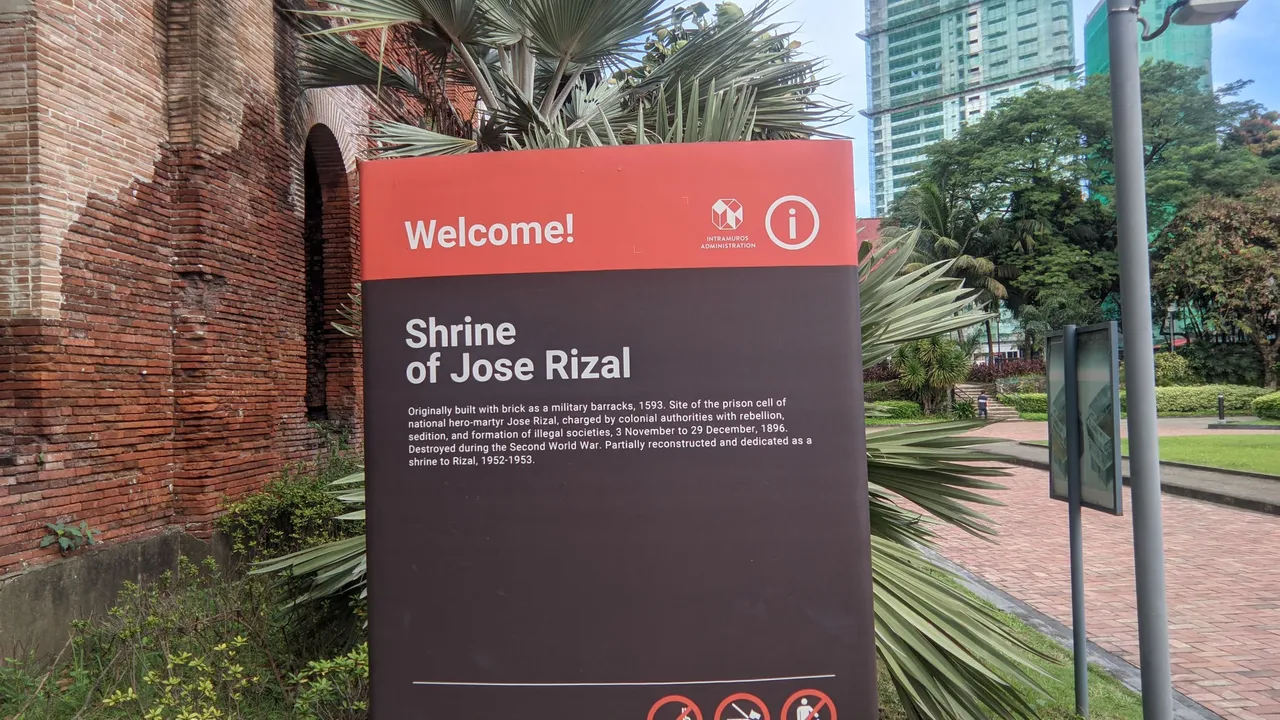
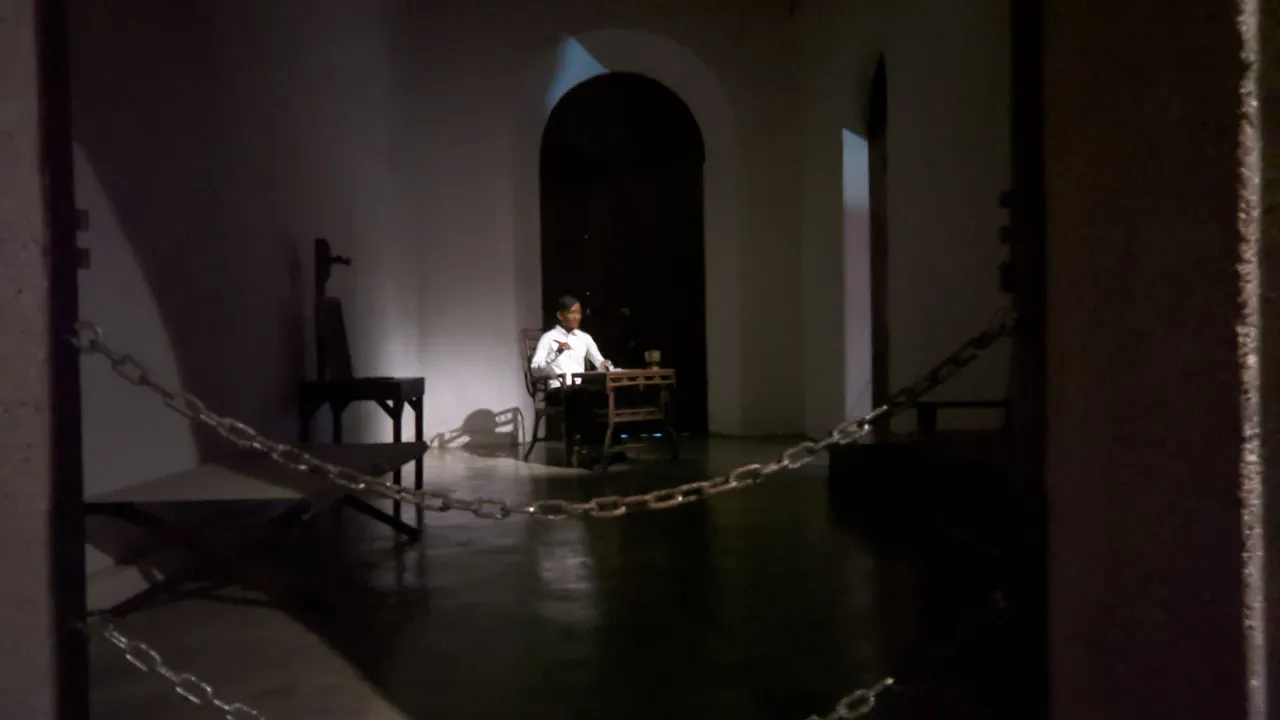
Aside from that, there are other relics that can be seen. For example, the photo below is Rizal’s barely-hit vertebrae after he was shot during his death penalty.
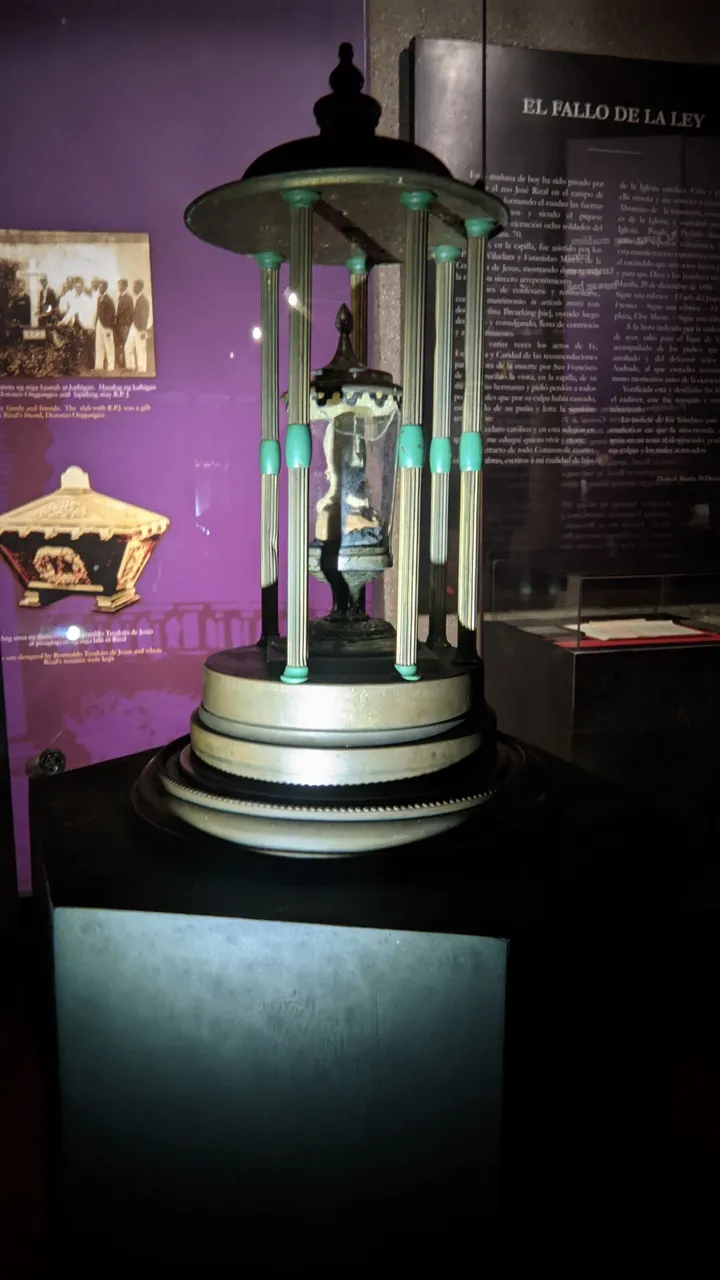
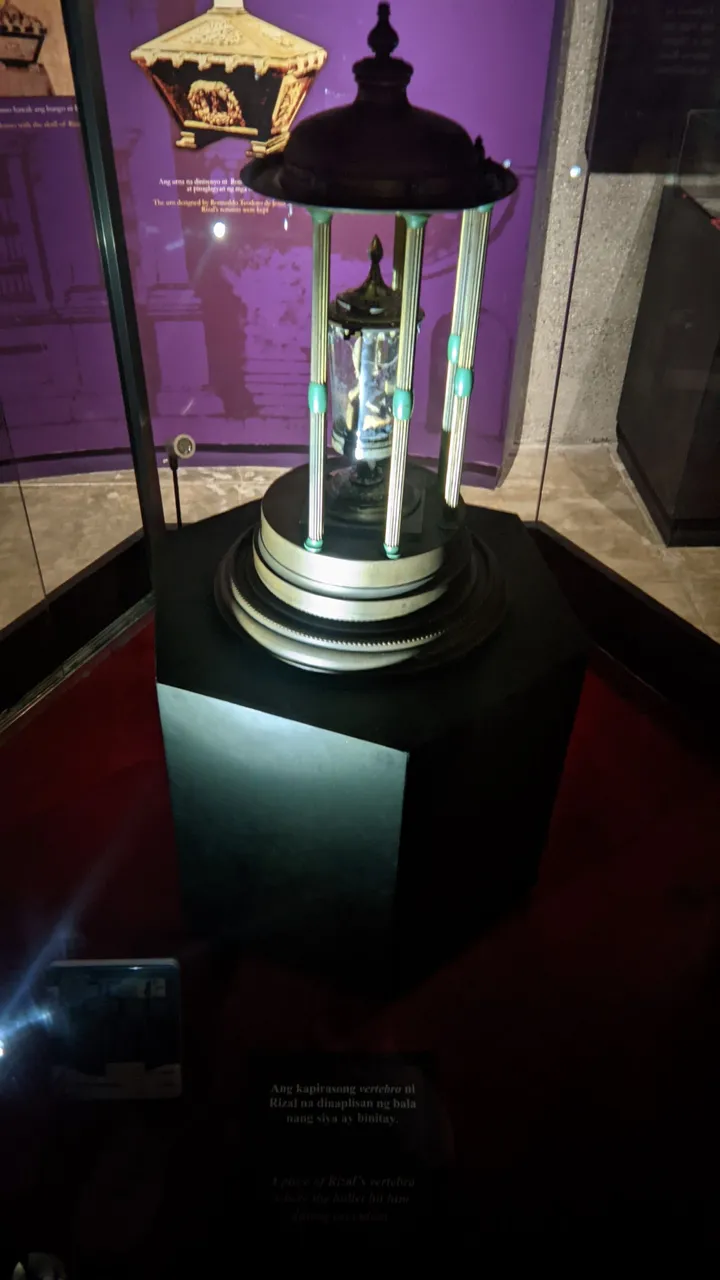
His works especially the two novels he wrote titled Noli Me Tangere and El Filibusterismo are also displayed on his shrine. These two novels sparked the patriotism of Filipinos that led to the revolution against the Spaniards.
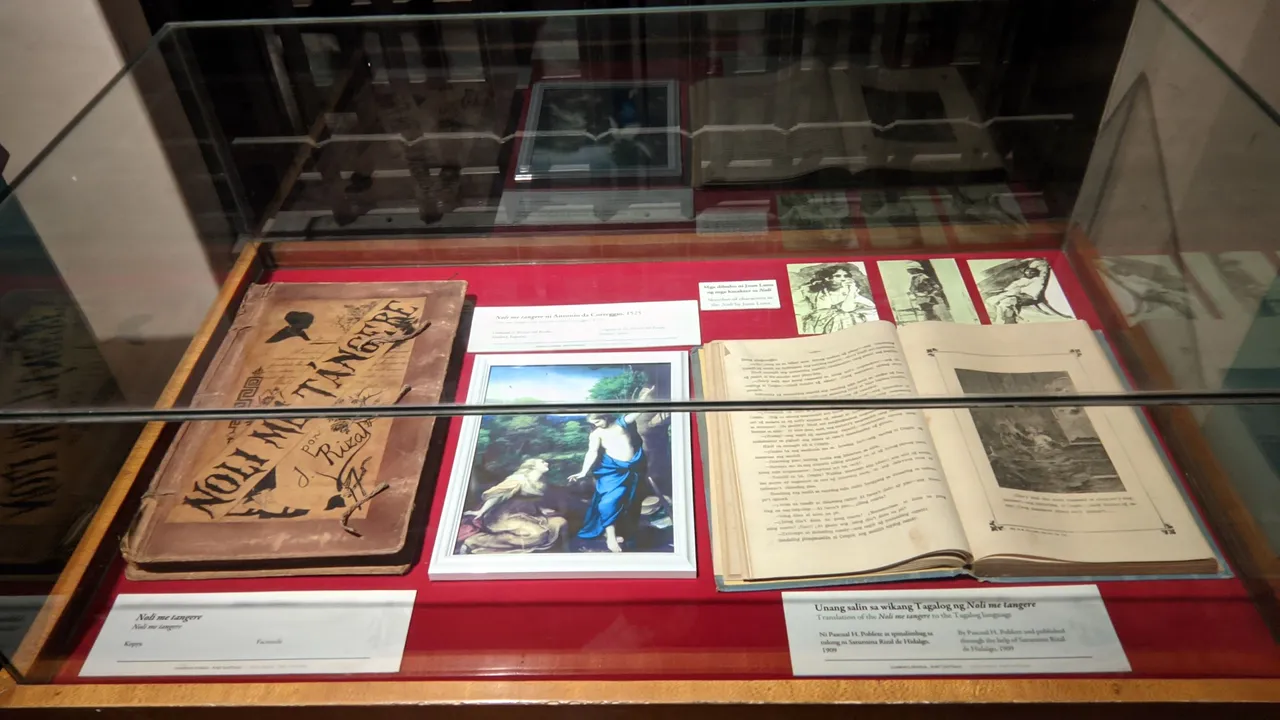
I overheard a conversation between a foreigner and a local tour guide who by chance, was also in that place when we are roaming around. She said that Dr. Jose Rizal’s handwriting is quite impressive if will be compared to other doctors — it's readable and easy to understand.
The rest of the exhibits showcase Jose Rizal’s life. I can’t deny that he’s a talented guy. He devoted the majority to studying yet he’s able to get a lot of girls 😆. Here are the other pictures.
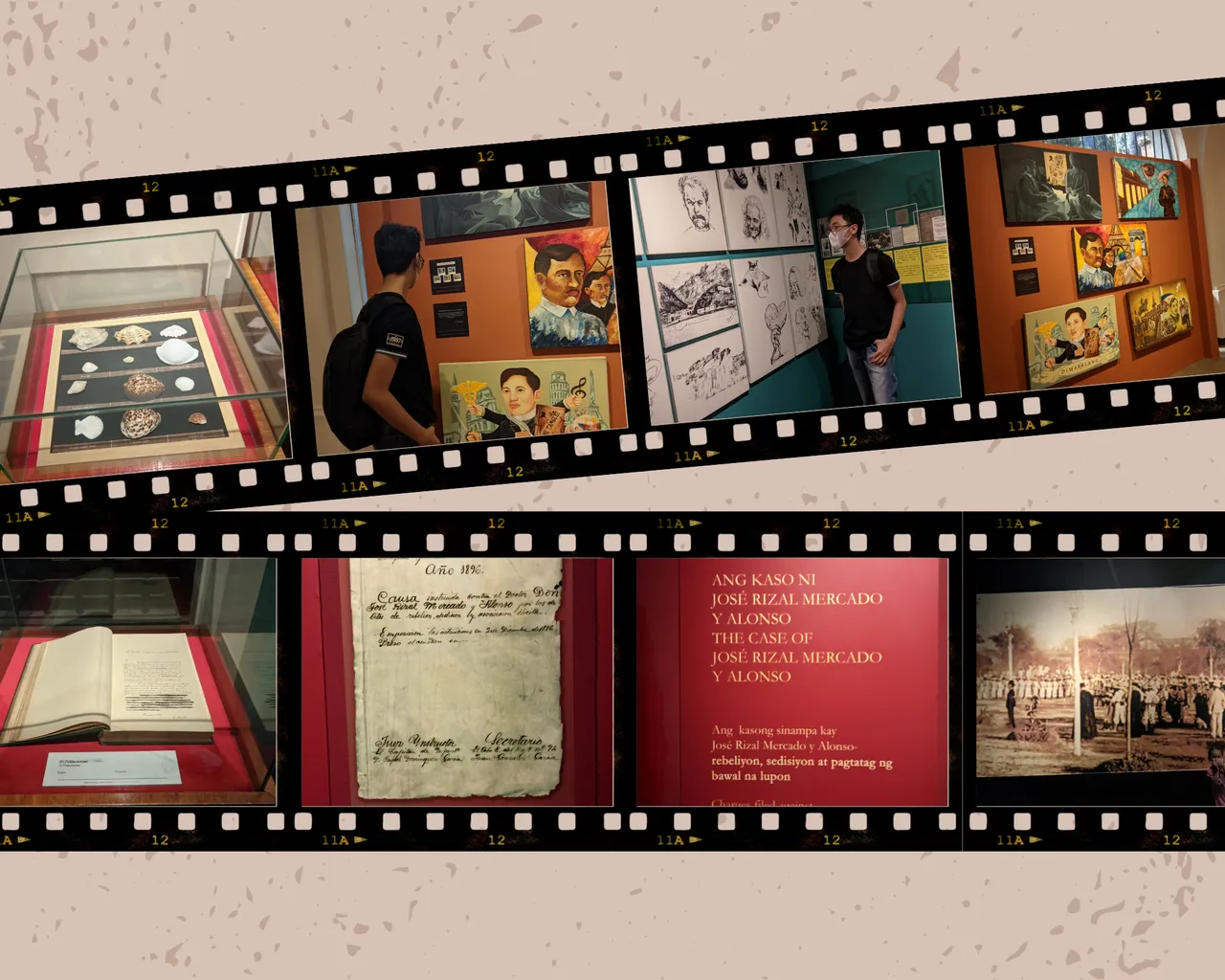

After we exit the Rizal Shrine, we went to the hallowed grounds, the place where prisoners are tortured and detained by Japanese soldiers during world war 2. After the Americans recovered Intramuros from the Japanese they discovered layers of hundreds of dead bodies rotten and unrecognizable. It's fascinating yet eerie to imagine that I am actually here in the place where 600 Filipino and American soldiers are tortured, starved, and suffocated.
The photo below is one of the description boards that can be found around the hallowed ground. Just seeing this small picture already disturbs me. How else if I was there at the time these bodies were discovered?
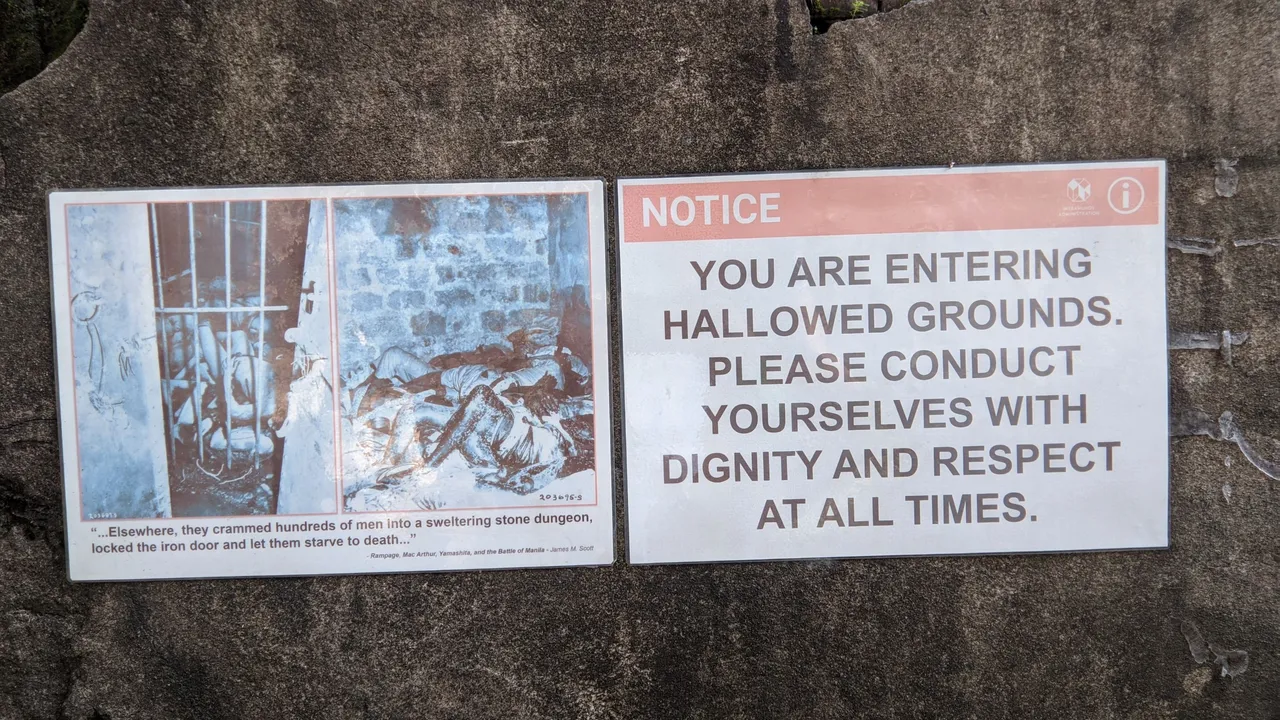
Unfortunately, I was not able to enter the actual cave. It was closed at that time. The only thing I can share with you is these images. Sadly, this portion of the cave is also the place where they found the rotten bodies of prisoners.
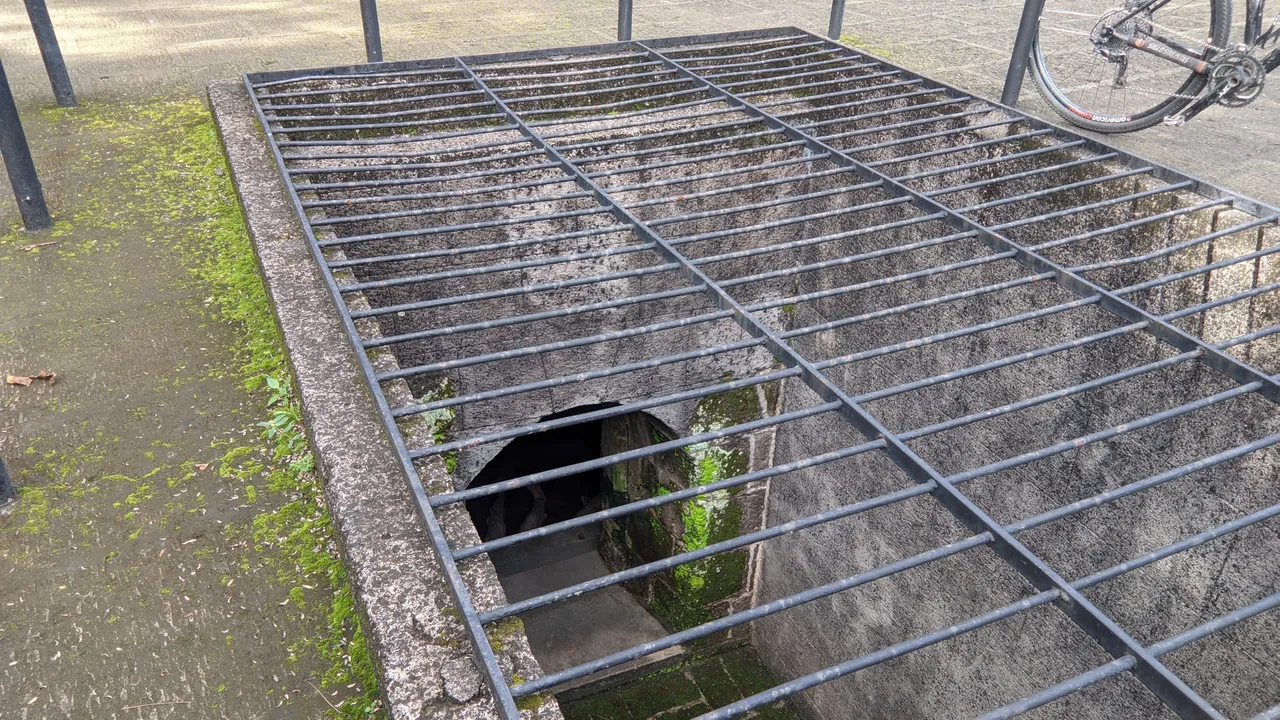

When war happens, everybody losses. The lives of innocent people were at stake. Just like the history of these caves. This is not a reminder that the Japanese and other nationalities who invade the Philippines are bad people. This serves as a lesson that violence isn't the answer.
After resting a bit, we decided to finally move forward to our next destination — the museum. Fort Santiago is really a good place to learn about history. If I just had an ample amount of time, I would like to check the other place on Intramuros. Maybe with someone?

If you've made it here, thank you so much for reading my blog. I always spend several hours just to complete a blog like this, which might seem like an exaggeration to others but trust me, it's not 😅. So, the thought of someone reading my blog already warms my heart (∩˃o˂∩)♡. Until the next blog, bye!
